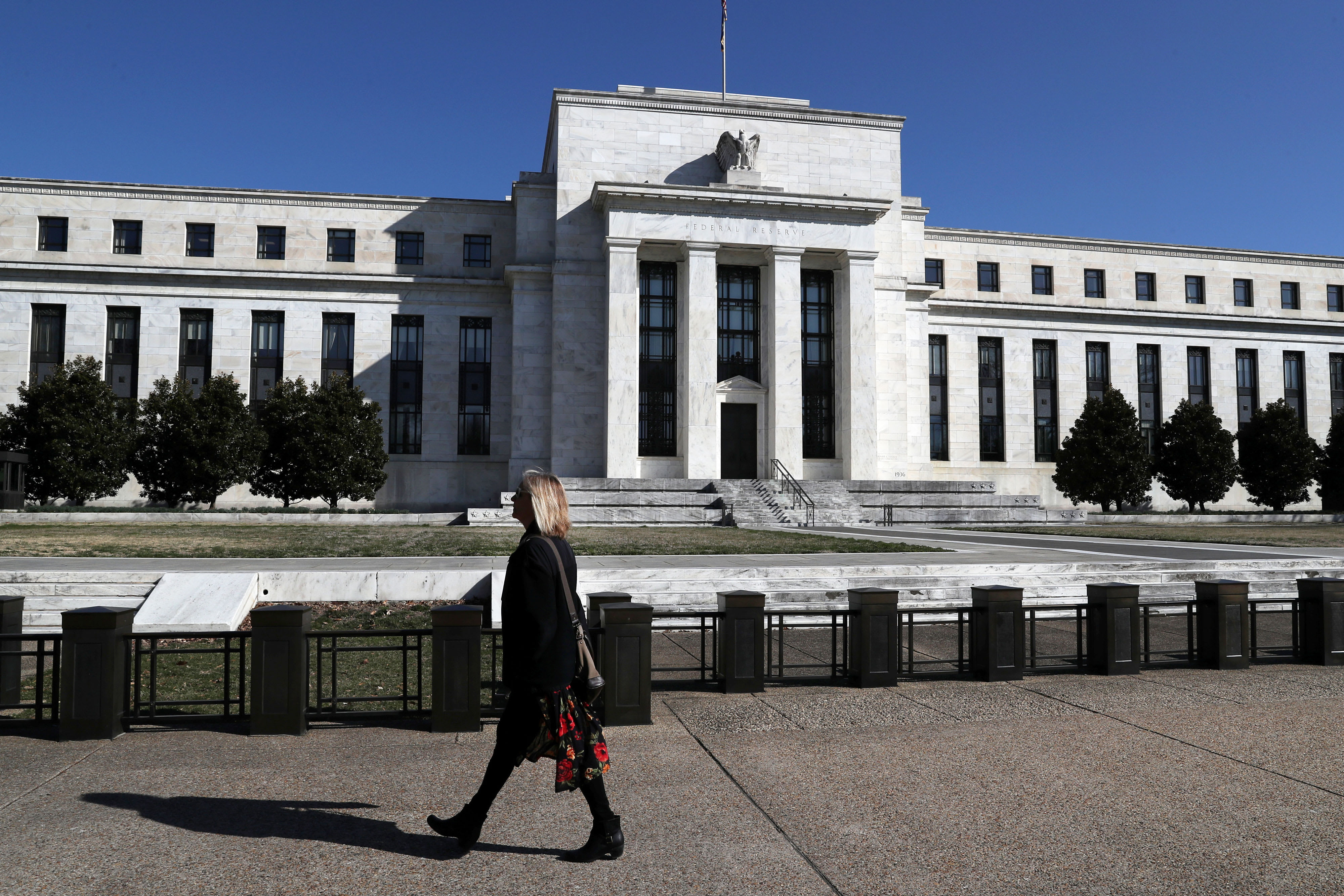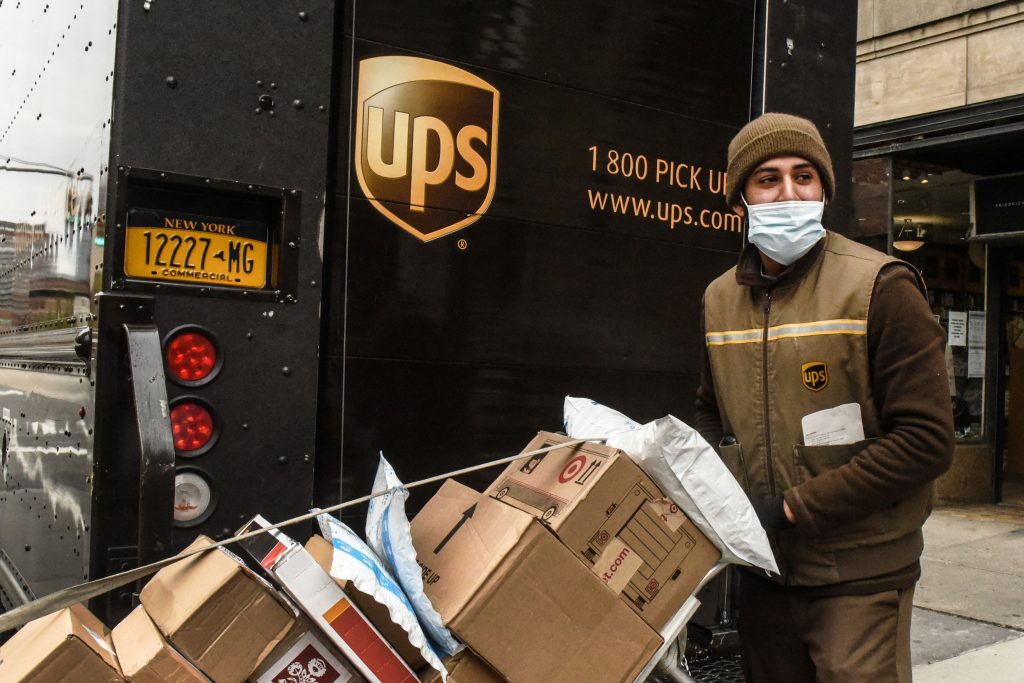
A pedestrian walks past the Federal Reserve building on Constitution Avenue in Washington on March 19, 2019.
Leah Millis | Reuters
The Federal Reserve said Thursday it is expanding the scope of its Main Street lending program, opening it to businesses larger than initially indicated and broadening the types of loans that will be available.
Touted as one of the cornerstone’s the Fed’s initiatives to get money to businesses and households in need, the Main Street program now will allow companies with up to 15,000 employees and $5 billion in revenue to apply for financing.
That’s up from the previous limit of 10,000 workers and $2.5 billion in revenue for a program targeted at medium-sized firms whose operations have been hamstrung by the social distancing efforts put into place to limit the coronavirus spread.
The Fed also offered a different set of loans available. The changes break the loans into three categories: new, priority and expanded. New and priority loans have a minimum size of $500,000, but expanded loans are for $10 million and up.
Maximum loan sizes vary: for new loans, the limit is either $25 million or four times 2019 adjusted earnings before taxes, interest, depreciation and amortization, whichever is less, while priority loans have a maximum of $25 million or six times EBITDA. Expanded loans are limited at $200 million or 35% of undrawn or oustanding debt, or six times EBITDA.
Terms of the loans are two to four years at a rate of LIBOR, the overnight borrowing benchmark for banks, plus 3%.
One other change to the program is that the new loan option will have banks assume 15% of the loan with the Fed assuming the rest. Existing loans entail a 5% ownership for banks.
A Fed announcement said the change was made after soliciting input on the program’s initial details. Some 2,200 individuals, businesses and nonprofits sent responses, prompting the Fed to expand the program’s offerings as well as the size of the entities that would be eligible.

